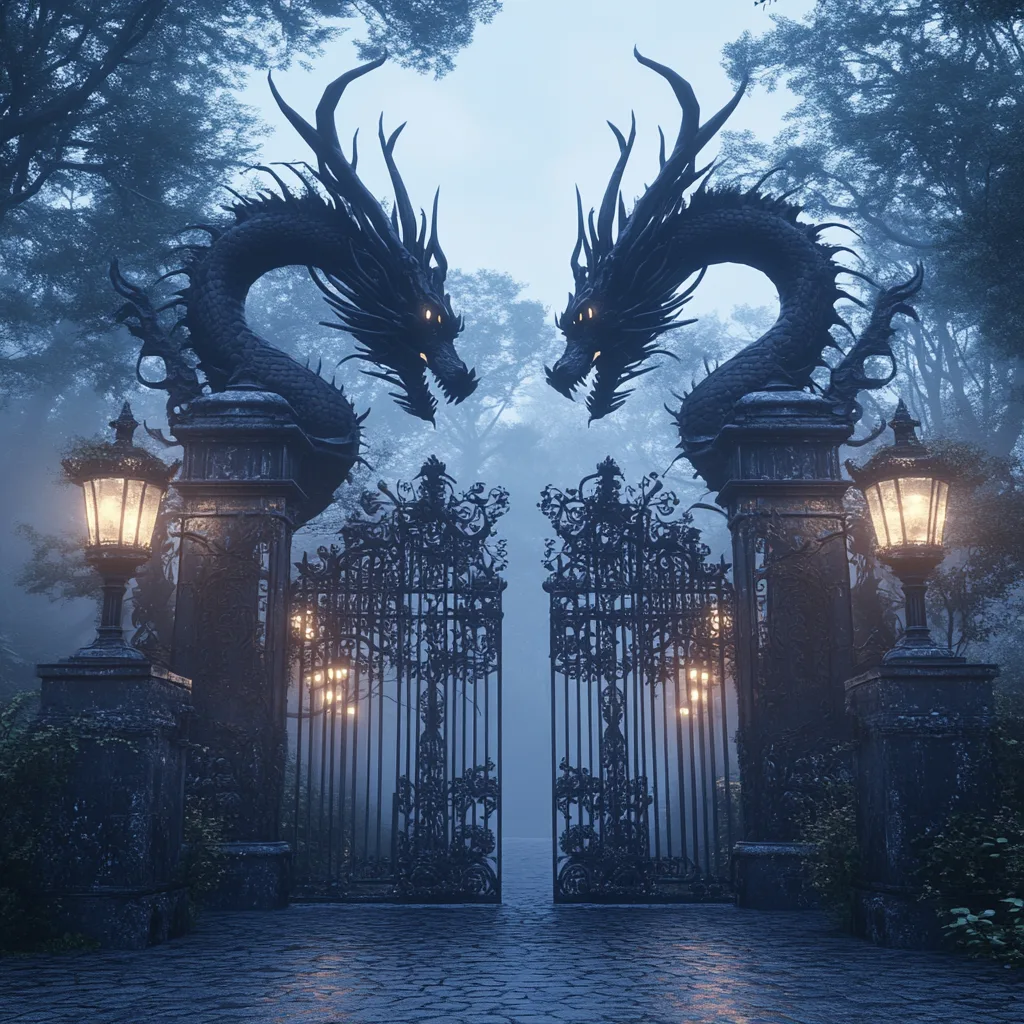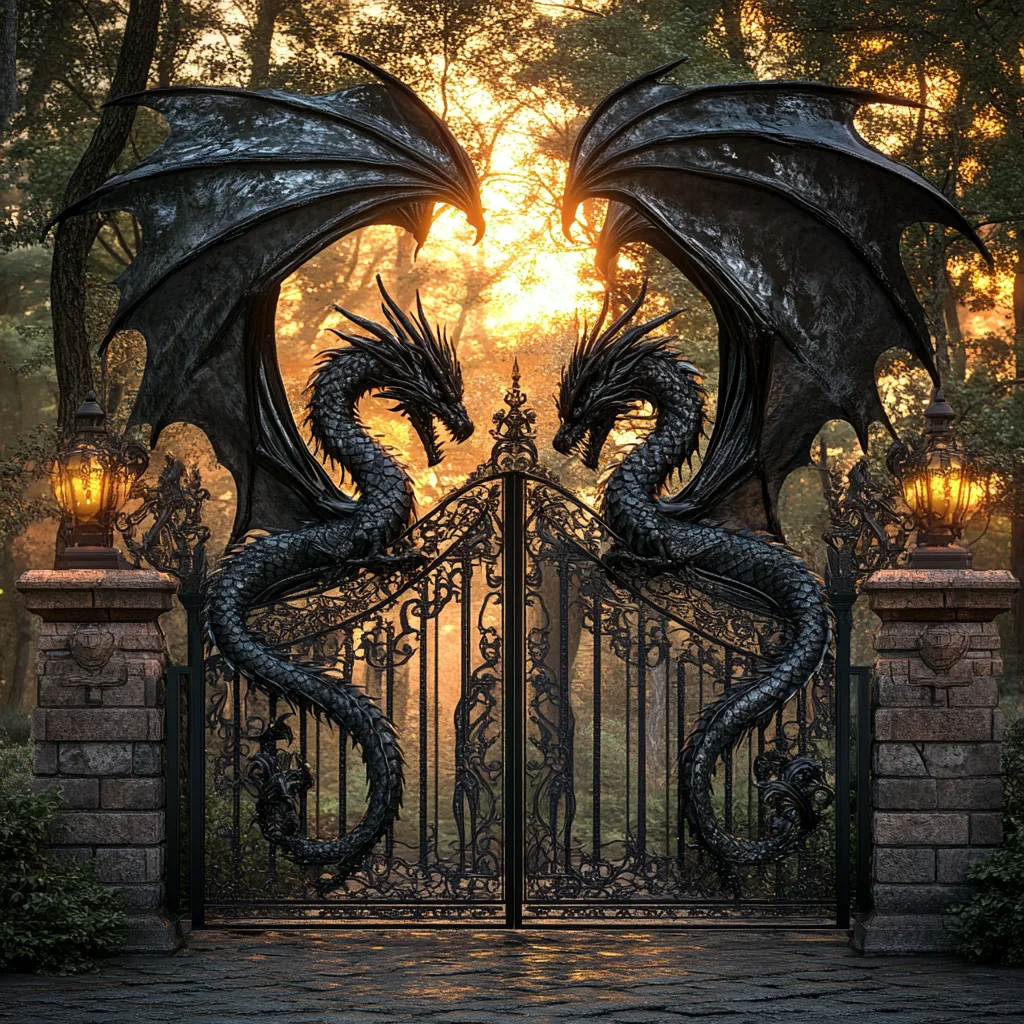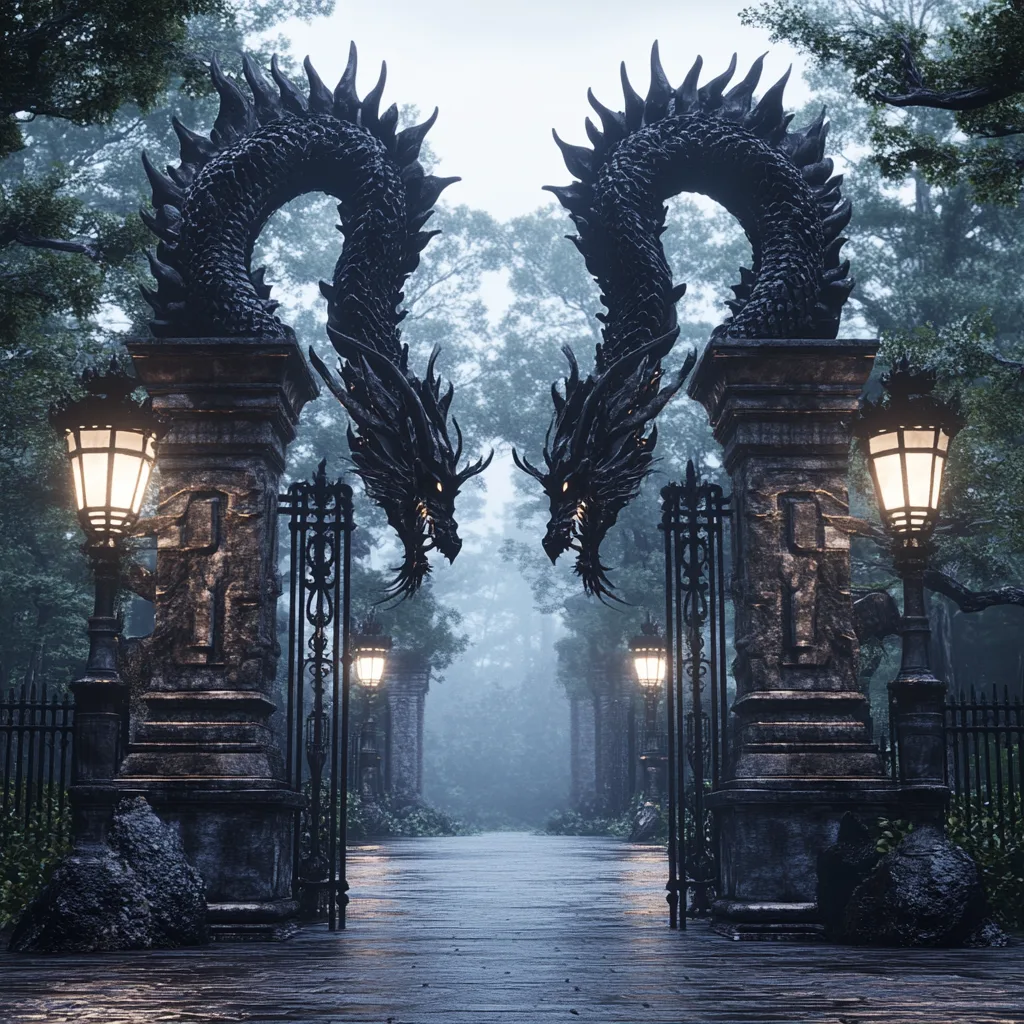Contents
A Portal of Power and Transformation
The phrase Dragon Gate conjures images of mysticism, grandeur, and transformative journeys. It is not just a physical or architectural construct but a symbol that spans cultures, centuries, and stories. Whether carved into ancient temples, depicted in Eastern mythology, or used metaphorically in modern contexts, the Dragon Gate remains a powerful motif representing challenge, growth, and ultimate success. At its heart, the Dragon Gate embodies a passage — a test that, once crossed, grants the individual transformation, wisdom, and elevation.
This article delves into the origins of the Dragon Gate, its deep-rooted cultural significance, architectural examples, and its relevance in today’s world. From the legendary carp leaping upstream to modern reinterpretations in pop culture and design, the Dragon Gate continues to inspire and captivate.
The Origin of the Dragon Gate Myth
The Carp and the Ascension
One of the most widely known legends surrounding the Dragon Gate comes from Chinese mythology. According to ancient tales, in the Yellow River there was a perilous section called the Dragon Gate Falls. It was said that any carp brave and strong enough to swim upstream and leap over this waterfall would be transformed into a mighty dragon.

This legend is more than folklore. It is a parable of perseverance, symbolizing the idea that through hard work, dedication, and courage, even the smallest creature can achieve greatness. The imagery of the struggling carp ascending the river only to emerge as a dragon has been passed down through generations, often used to encourage students, scholars, and dreamers to overcome obstacles.
In this way, the Dragon Gate represents not only a literal gate but a spiritual and emotional threshold that separates the ordinary from the extraordinary.
Taoist and Buddhist Interpretations
In Taoist tradition, the Dragon Gate is tied to personal enlightenment and harmony with the Tao. Passing through the gate represents achieving balance with nature and one’s destiny. In Buddhist traditions, the gate can signify entry into a higher state of consciousness or deeper spiritual understanding.
This multi-layered interpretation makes the Dragon Gate not merely a mythological element but a spiritual metaphor recognized across belief systems.
Architectural Expressions of the Dragon Gate
Traditional Chinese Gateways
Throughout East Asia, particularly in China, Japan, and Korea, physical gates modeled after the Dragon Gate legend have been constructed in palaces, gardens, and temples. These gates are often elaborately decorated with dragon motifs, swirling clouds, and carp figures leaping through stylized water.
Known as Longmen (龙门) in Chinese, these structures serve as both functional entryways and symbolic transitions. Walking through such a gate is said to bring good fortune or spiritual clarity.
The Longmen Grottoes
One of the most famous physical embodiments of the Dragon Gate concept is the Longmen Grottoes in Luoyang, China. While not a gate in the traditional architectural sense, these monumental cave temples, carved into limestone cliffs along the Yi River, hold deep spiritual and artistic importance. The name “Longmen” directly translates to Dragon Gate.

The grottoes contain thousands of Buddhist statues, inscriptions, and carvings that celebrate devotion and the journey toward enlightenment. Visiting this site is considered a pilgrimage, a metaphorical walk through the Dragon Gate of spiritual transformation.
Modern Architecture Inspired by the Dragon Gate
In contemporary design, architects often incorporate Dragon Gate motifs into public spaces, luxury buildings, and even theme parks. In such contexts, the gate is used as an artistic and cultural reference, meant to instill a sense of awe, mystery, or welcome.
These modern interpretations often blend traditional Chinese aesthetics with contemporary materials like glass, steel, and LED lighting, creating a dialogue between the ancient and the modern.
Symbolism in Education and Achievement
A Rite of Passage for Scholars
In Imperial China, the Dragon Gate story became a metaphor for success in the civil service examinations. Students who passed these notoriously difficult exams were said to have “leapt over the Dragon Gate,” signifying their elevation to scholar-official status.
Even today, the phrase is used in East Asian cultures to encourage students facing entrance exams or academic challenges. Schools, academies, and libraries sometimes incorporate Dragon Gate imagery to motivate students, suggesting that education is the gateway to greatness.
Personal Growth and Career Advancement
Beyond academics, the Dragon Gate metaphor is often applied to career milestones and personal growth. Overcoming major life challenges, securing a promotion, or achieving a breakthrough in one’s creative work can all be framed as passing through one’s own Dragon Gate.
In this way, the gate becomes a universal metaphor for effort meeting opportunity, struggle culminating in transformation.
The Dragon Gate in Martial Arts and Film
Wuxia and the Journey to Power
In Chinese martial arts stories—especially in the wuxia genre—the Dragon Gate is often featured as a mythical place that warriors seek out to test their strength or find enlightenment. Sometimes it is an actual gate at a sacred mountain temple. Other times, it is a symbolic battleground that separates novices from masters.

The 1992 film “Dragon Inn” (also known as New Dragon Gate Inn) and the later remake “Flying Swords of Dragon Gate” use the Dragon Gate as a literal inn at the edge of civilization where fates intertwine. These films explore themes of identity, challenge, and transformation, echoing the symbolism of the original myth.
Anime and Global Influence
In Japanese anime and global fantasy fiction, the concept of passing through a gate to reach a higher state—be it a different world, power level, or identity—often mirrors the Dragon Gate tale. Whether it’s a portal, a sacred trial, or an elite training ground, the spirit of the Dragon Gate lives on in popular narratives worldwide.
Dragon Gate in Business and Branding
Used as a Symbol of Excellence
Companies and organizations often use Dragon Gate symbolism in branding to convey values such as resilience, transformation, and leadership. You may find investment firms, martial arts academies, educational institutions, and even wellness centers named after the Dragon Gate to embody the promise of advancement and success.
Emblems, Logos, and Corporate Design
The image of a dragon emerging from a wave, or a carp mid-leap, is frequently used in logos and emblems. In corporate design, it signals ambition, boldness, and upward mobility. This is especially common in Asia but is gaining traction globally as Eastern symbolism finds new life in Western marketing.
Artistic Interpretations and Cultural Celebrations
Sculptures and Public Art
In urban environments, Dragon Gate sculptures serve as landmarks that honor cultural heritage and community identity. A well-known example is San Francisco’s Chinatown Dragon Gate, a grand ceremonial arch marking the entrance to one of the oldest Chinese enclaves in North America.
Built in 1970, it features traditional Chinese architectural elements and stone guardian lions, offering a symbolic welcome while reminding visitors of the enduring power of transformation and pride in identity.
Festivals and Parades
During festivals like Chinese New Year, Dragon Gate imagery is often featured in floats, costumes, and decorations. Dragons are paraded through the streets, and paper carp and gates are displayed to encourage good fortune and success in the year ahead.
These celebrations keep the myth alive, bridging the ancient and the modern in a vibrant, communal way.
The Enduring Power of the Dragon Gate
The Dragon Gate is far more than a myth or monument—it is a universal symbol that transcends time and geography. From the quiet depths of ancient rivers to the bustling streets of modern cities, from sacred temples to cinema screens, its message endures: great reward awaits those who dare to strive.
Whether expressed as a stone arch, a painted scroll, a business emblem, or a life metaphor, the Dragon Gate teaches us that transformation is possible. Every challenge faced is a gate, every leap taken a moment of potential flight. In facing adversity with determination and grace, we each approach our own Dragon Gate—and when we leap, we too become dragons.










